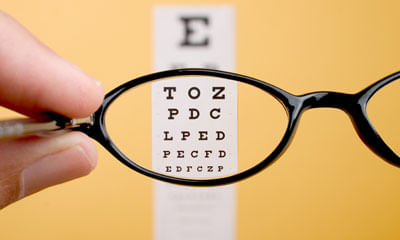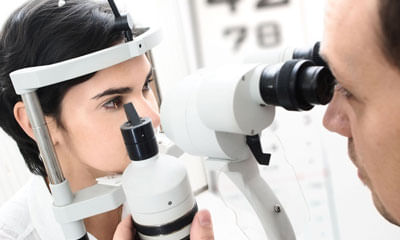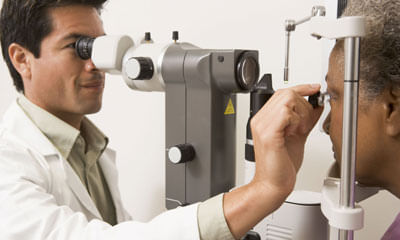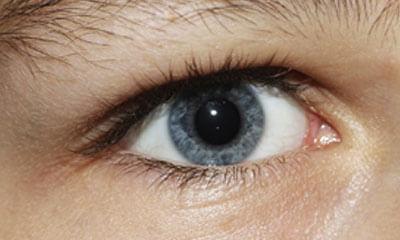Get the App
For Doctors
Login/Sign-up
Health Feed
Find Doctors
Health Packages
AllQ&AsTips
Nearsightedness Questions
Asked for male, 30 years old from Kolkata
Share
Bookmark
Report
Asked for female, 57 years old from Tiruppur
Share
Bookmark
Report
Homeopathy Doctor•Delhi
Asked for female, 57 years old from Tiruppur
Share
Bookmark
Report
Asked for male, 1 years old from Panchkula
Share
Bookmark
Report
I am sorry to hear about your concern but will be happy to assist you.
It's normal for a newborn's eyes to wander or cross occasionally during the first few months of life. But by the time a baby is 4 to 6 months old, the eyes usually straighten out. If one or both eyes continue to wander in, out, up, or down — even once in a while — it's probably due to strabismus.
Let's connect over a call so that we can discuss your concern in details and make a suitable treatment plan for you.
It's normal for a newborn's eyes to wander or cross occasionally during the first few months of life. But by the time a baby is 4 to 6 months old, the eyes usually straighten out. If one or both eyes continue to wander in, out, up, or down — even once in a while — it's probably due to strabismus.
Let's connect over a call so that we can discuss your concern in details and make a suitable treatment plan for you.
1 people found this helpful
Health Query
Share
Bookmark
Report
Asked for female, 19 years old from Deoghar
Share
Bookmark
Report
I am sorry to hear about your concern but will be happy to assist you.
Patients with pathological myopia (ie, > −8 diopters) are at increased risk of retinal detachment due to axial elongation of the globe and peripheral retinal thinning. Lifetime risk of spontaneous retinal detachment in pathologic myopia is 15–200 times higher than in people with normal visual acuity.
Let's connect over a call so that we can discuss your concern in details and make a suitable treatment plan for you.
Patients with pathological myopia (ie, > −8 diopters) are at increased risk of retinal detachment due to axial elongation of the globe and peripheral retinal thinning. Lifetime risk of spontaneous retinal detachment in pathologic myopia is 15–200 times higher than in people with normal visual acuity.
Let's connect over a call so that we can discuss your concern in details and make a suitable treatment plan for you.
3 people found this helpful
Asked for female, 19 years old from Deoghar
Share
Bookmark
Report
Hello, a “plus” (+) sign in front of the number means you are farsighted, and a “minus” (-) sign means you are nearsighted. If you had +1.5 in the age of 19 it is too much. And if you write wrong singh then -1.5 is not too much but chances of increment is very much, so go through ayurvedic treatment, and eye exercises, which is very useful for reducing myopic number.
Health Query
Share
Bookmark
Report
Asked for male, 18 years old from Delhi
Share
Bookmark
Report
Asked for male, 60 years old from Bangalore
Share
Bookmark
Report
Book appointment with top doctors for Nearsightedness treatment
View fees, clinic timings and reviews
Ask a free question
Get FREE multiple opinions from Doctors
posted anonymously

















